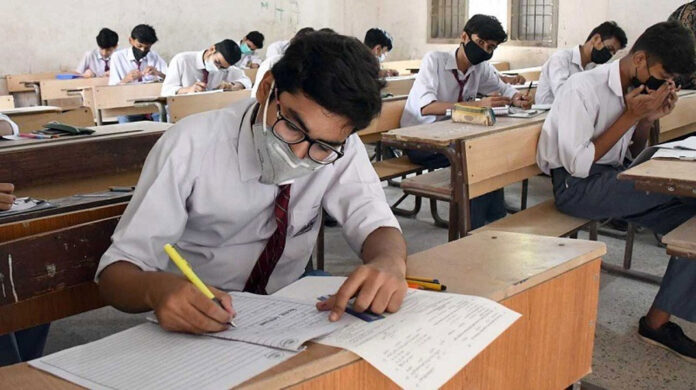The ancient numerical grading scheme used in Pakistan’s yearly matriculation and inter-examinations will be completely eliminated starting in March of next year, marking a revolutionary change to the country’s educational system.
Students have reacted favourably to the move from numerical scores to a grading system, which BISE Rawalpindi has verified.
This change ends a 76-year tradition that dates back to the country’s foundation in 1947 and affects both regular and supplemental yearly exams.
With this modification, the passing score is now 40% instead of the previous 33%. Cumulative Grade Point Averages (CGPA), which were first used for Class IX and intermediate Part I, will be displayed alongside grades on future result cards.
The Punjab Board will train Sindhi education bodies to ease the transfer. A++ is awarded for 95–100%, A+ for 90–94%, A for 85-89%, and B++ for 80–84% under the new grading scheme.
B+ (75-79%), B (70-74%), C (60-69%), D (50-59%), E (40-49%), and F (below 40%) are the next grades in order.
Education boards, teachers’ associations, and private educational institutions are among the stakeholders who have been notified about the preparations that are now in progress.
Due to technological difficulties, an earlier attempt to establish a GPA-based system was postponed for a year, and the current system was kept in place for this year’s matriculation and intermediate results.






